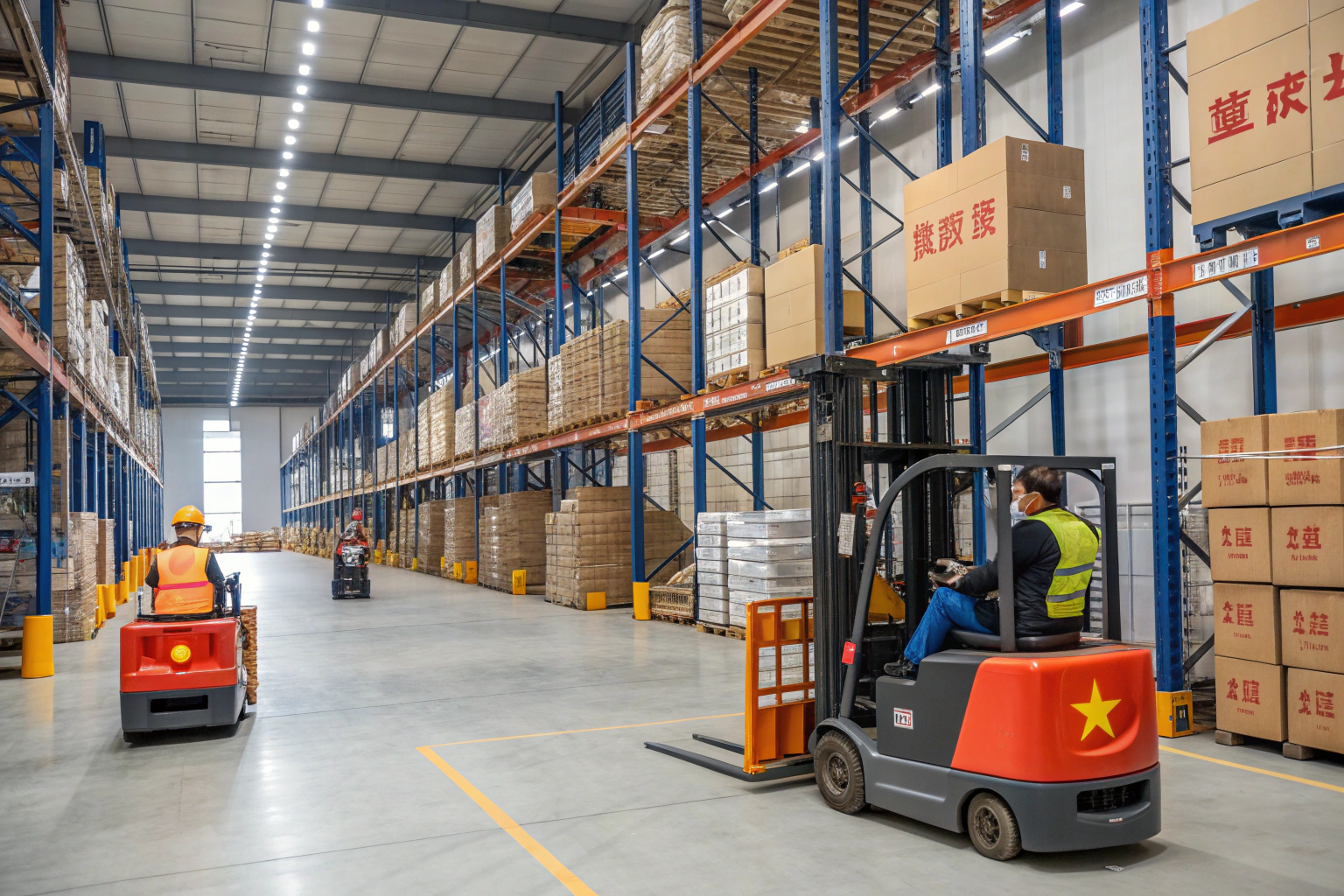Tariff volatility on India-origin goods pushes importers to rethink where they stage, combine, and dispatch inventory for the US. I see more buyers asking for China-based warehouse and distribution to buffer risk: receive from multi-country suppliers, kit and relabel, hold in bonded status, and release on demand to the US by ocean or air. This reduces “tariff shock” at once and improves schedule control. In short, yes—rising India duties tend to increase demand for China warehousing, especially bonded and FTZ-enabled facilities built for cross-border e-commerce and wholesale replenishment.
Why India Tariffs Push Inventory Toward China Hubs
Pressure from higher India duties can derail cash flow and delivery plans. I help clients move time-sensitive SKUs to China warehouses to wait out policy changes, batch compliance work, and ship when costs are clearer. With dense carrier capacity and frequent sailings, China is a practical staging ground.
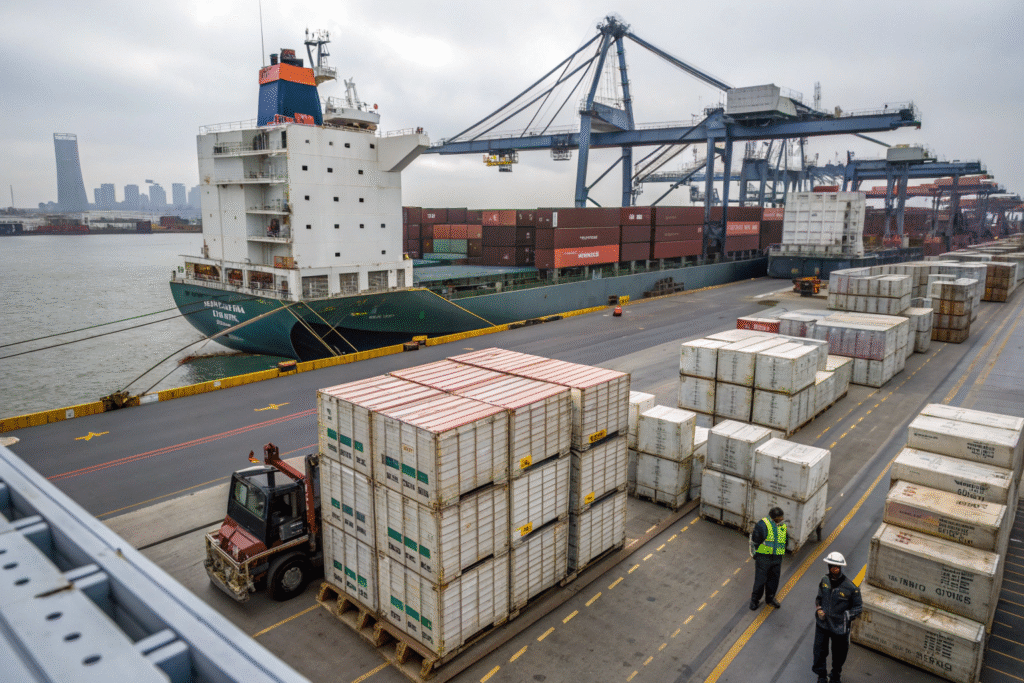
What immediate problems do warehouses solve?
- Cash-timing: Park goods in bonded status to delay duty outlay until you finalize routing.
- Speed: Synchronize production from India, China, and Vietnam, then consolidate into full containers or scheduled air uplift.
- Flexibility: Switch between LCL/FCL or air based on promos and seasonality without reworking origin paperwork each time.
Where does the capacity come from?
China’s mega-hubs—Shanghai, Ningbo, Shenzhen—run 24/7 and connect to extensive domestic trunking. This supports rapid intake, relabeling, and export prep at scale. See Port of Shanghai and Port of Ningbo-Zhoushan for throughput context.
How Bonded Warehousing & FTZs Reduce Duty Exposure
Bonded warehouses and Free Trade Zones (FTZs) in China let us store, sort, and even perform light value-added services without paying import duties in China. For US-bound freight, we hold inventory, finalize HS codes, pack lists, and pre-clear before goods ever hit a US port.
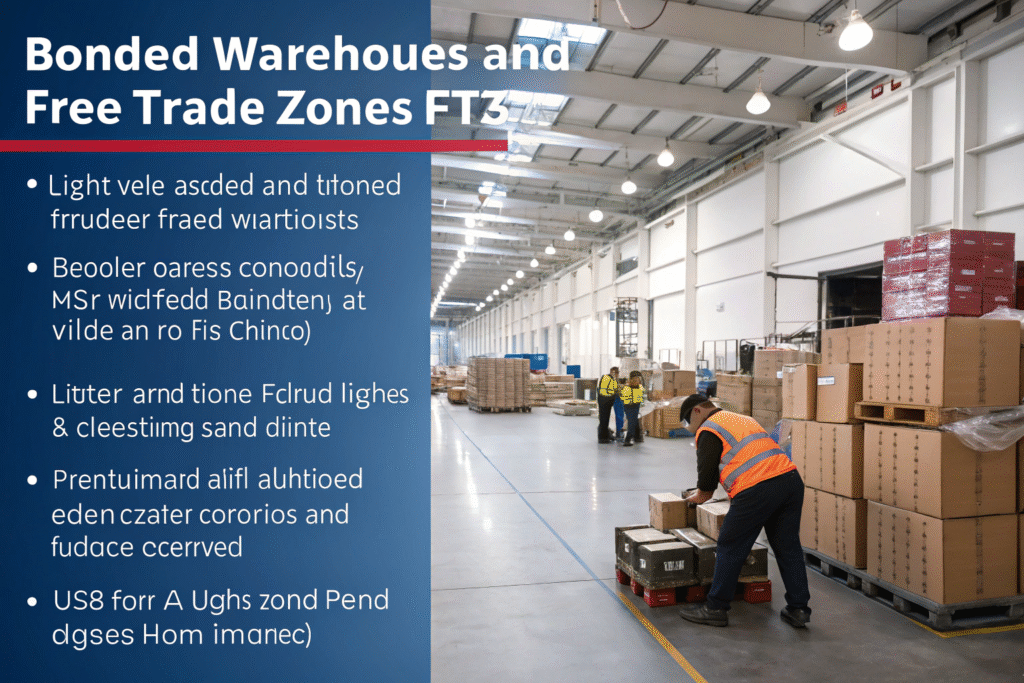
What practical levers lower landed cost risk?
- Deferred duties: Keep goods duty-suspended while you decide on modality (air vs. ocean) and timing.
- Batch documentation: Align certificates of origin, ASTM/labeling, and HS verification to avoid costly holds. Review US HTS at USITC.
- Split exports: Release only what you need now; the rest stays staged for future orders.
Which FTZs fit US-bound workflows?
I often use Shanghai Waigaoqiao FTZ for transpacific flows and Shenzhen Qianhai FTZ for South China vendors. Both offer bonded storage, fast customs interfaces, and strong air–ocean options to the US.
DDP, Section 321, and Air–Sea Hybrids: Tactics That Pair Well with China Warehousing
When India tariffs spike, importers ask me for predictable door costs. DDP (Delivered Duty Paid) and pre-clearance help. For small-parcel e-commerce, Section 321 can be relevant when legally applicable. A China warehouse gives you the staging point to execute these tactics cleanly.
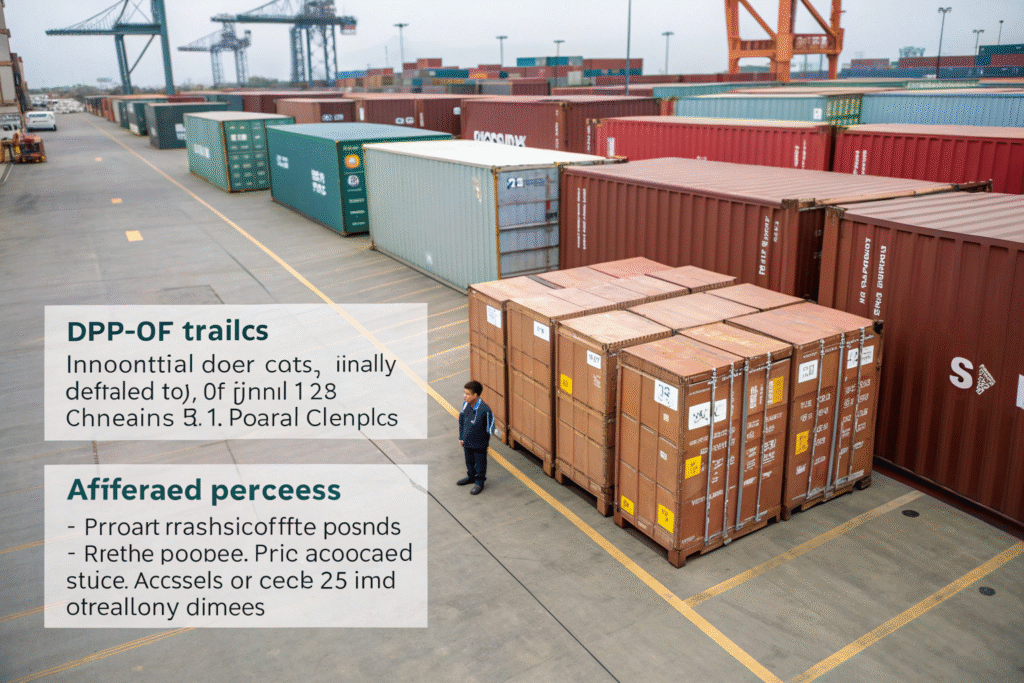
Can DDP remove surprise fees?
Yes. We quote all-in to your door, handling US entry, duties, and last mile. Learn about DDP concepts at Freightos. This is popular for apparel and gifts where missed promos hurt more than freight premiums.
When is Section 321 viable?
For shipments that meet the US de minimis threshold, Section 321 can streamline entry on eligible parcels. It requires strict compliance and data integrity; see CBP guidance. China warehouses can pick/pack to those rules and manifest accurately.
Omnichannel Distribution: From China Shelf to US Door, Fast
I design roadmaps where a China warehouse supports two speeds: ocean FCL for base stock and priority air for spikes. It shortens decision cycles and keeps shelf-outs in check. For D2C brands, we can cartonize to FBA/3PL specs and inject inventory on rolling waves.
Which industries benefit most?
- Fashion & accessories: Seasonal windows and promos.
- Electronics & peripherals: High margin, volatility, frequent SKU refresh.
- Giftware & promos: Tie to events; late arrivals lose the season.
What about visibility and control?
We integrate with WMS and your store/ERP to forecast and trigger releases. Real-time tracking at Maersk Tracking and carrier portals gives clear ETAs; your ops team gets ASN-level detail for US receiving.
Compliance & Documentation: Avoid Tariff Traps Before Cargo Moves
Tariff shocks often coincide with stricter audits. From China, we run HS classification reviews, prepare commercial invoices/packing lists that match SKU attributes, and line up certificates of origin. This minimizes reclassification risk and port holds.

What specific controls do we use?
- Pre-entry checks: Validate HTS, valuation basis, and tariff programs before booking.
- Evidence trail: Keep supplier BOMs, lab tests, and photos linked to the SKU.
- Exception routing: If an item looks risky, ship it separately so it does not delay the whole container.
Where to read more about US rules?
CBP’s core resources: CBP Trade and Informed Compliance Publications. We align our templates to their expectations to cut questions at arrival.
Choosing a China Warehouse Partner: What Really Matters
Not all 3PLs are equal. I advise clients to test SLA-backed throughput, bonded credentials, system integrations, and port/airport proximity. The goal is to ship faster with fewer touches and predictable all-in costs.
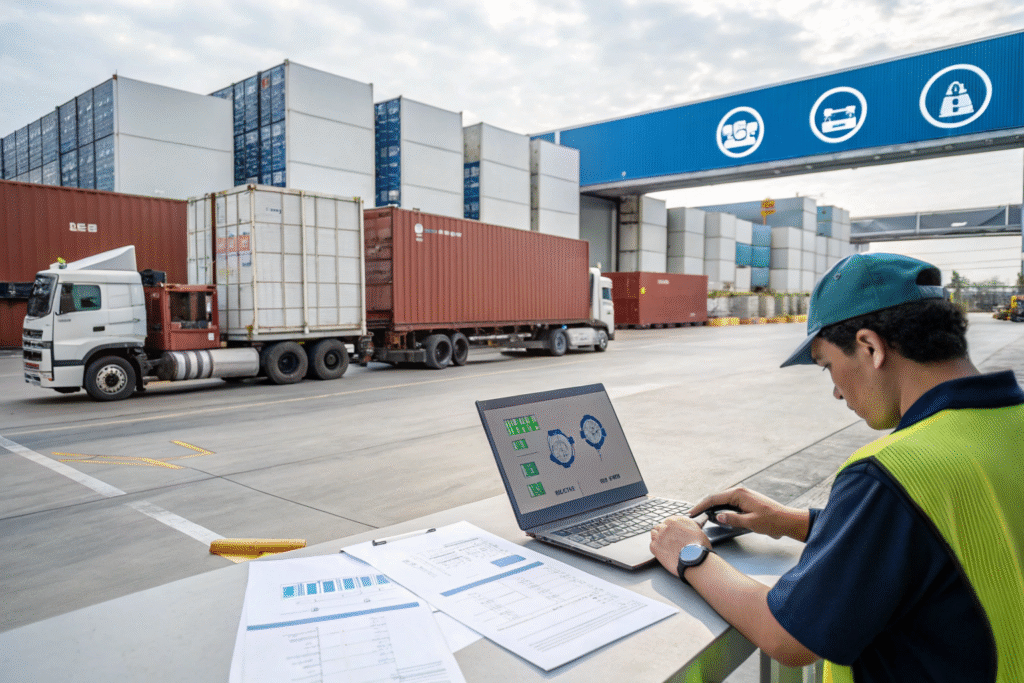
What criteria do I prioritize?
- Bonded license & FTZ access for duty deferral.
- WMS connectivity (API/EDI) to Shopify, Amazon, and your ERP.
- Value-added services: relabeling, kitting, QC, photo capture.
- Multi-carrier contracts for both air and ocean to hedge disruptions.
How to pilot without risk?
Start with a split-lane pilot: stage 20–30% of SKUs in China, compare lead-time, exceptions, and true landed cost vs. your current model. Scale only after performance is proven.
How GeeseCargo Executes This Playbook
We run pickup in India/China/Vietnam → bonded intake in China → compliance & consolidation → US export by ocean/air → DDP or standard entry → delivery to your DC or FBA. Our teams maintain contacts with port and customs staff across Asia and the US to keep cargo moving.
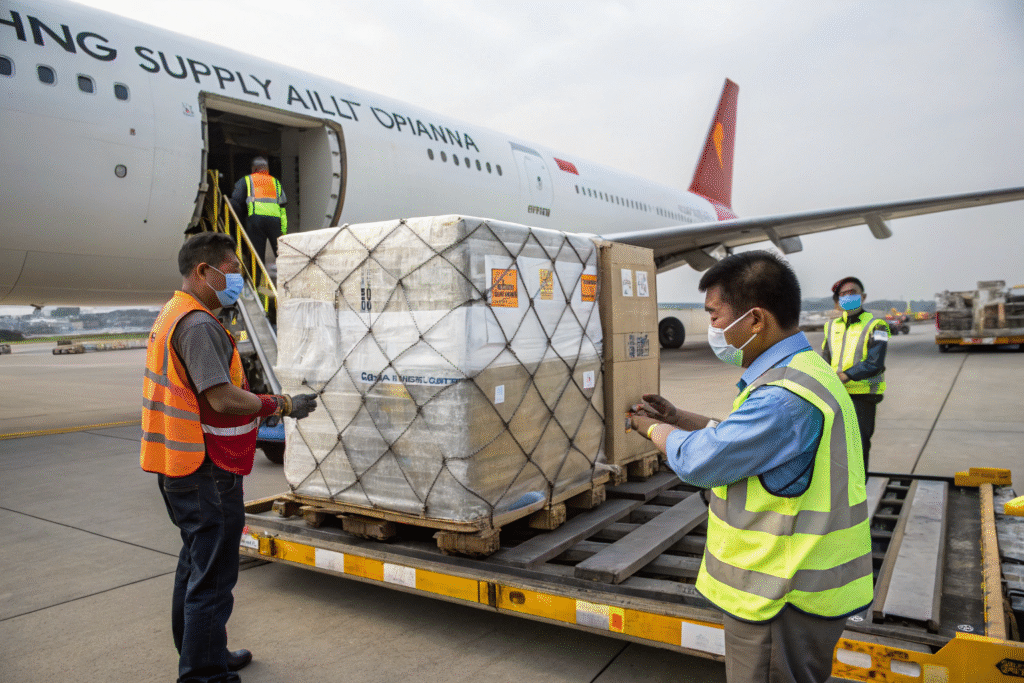
What do clients gain?
- Duty timing control and fewer clearance surprises.
- Consistent transit plans despite policy swings.
- Omnichannel agility for promos and market peaks.
If India tariffs are squeezing margins, a China warehouse + smart export strategy can restore predictability without rebuilding your supplier base from scratch.
Conclusion
Yes—rising India tariffs often increase demand for China warehouse and distribution. A bonded China hub lets you defer duty decisions, consolidate multi-origin inventory, and ship on your schedule with tighter compliance. When done right, it lowers risk, stabilizes lead times, and protects margin across uncertain tariff cycles.
If you want a costed pilot plan and a capacity slot near your vendors, I’m ready to help. Contact Ben Zhu at benzhu@geesecargo.com and we’ll map a bonded warehousing + export model tailored to your SKUs and deadlines.
